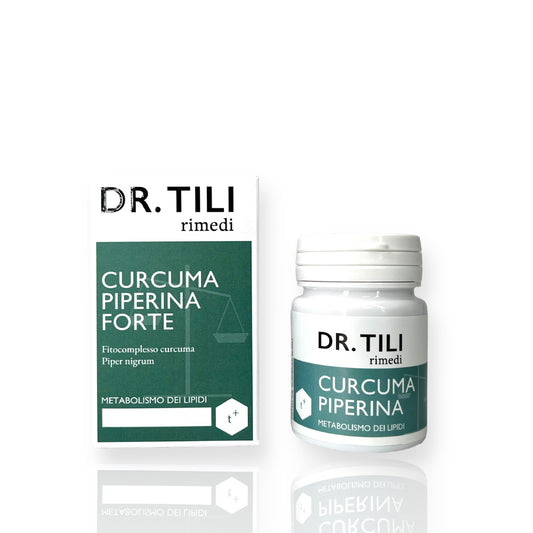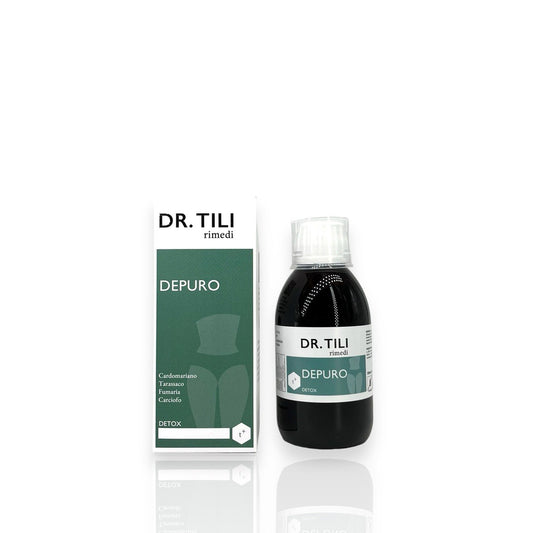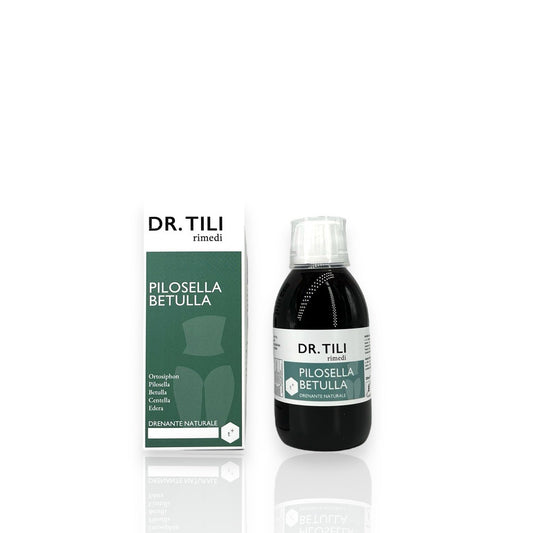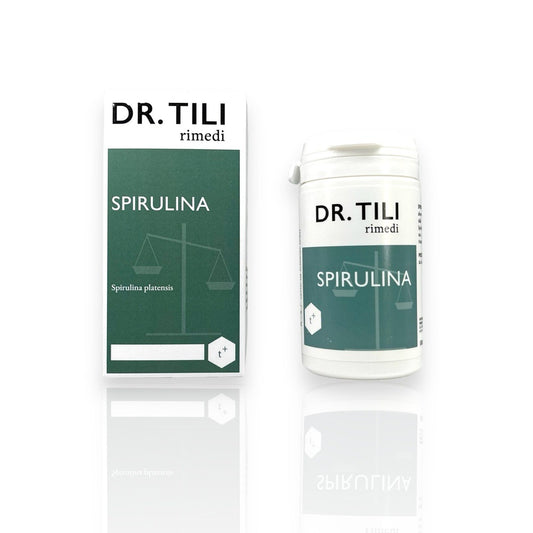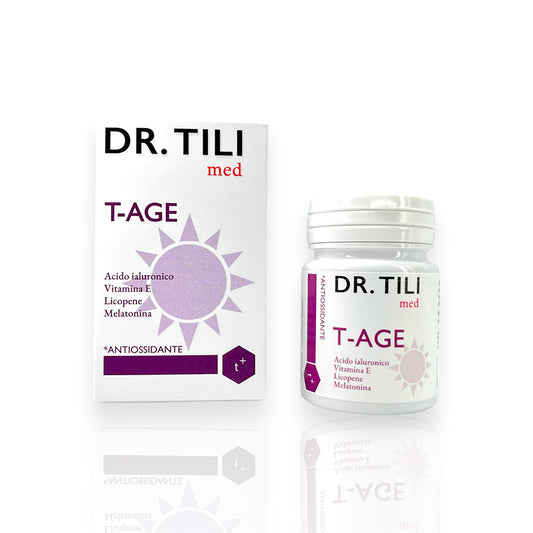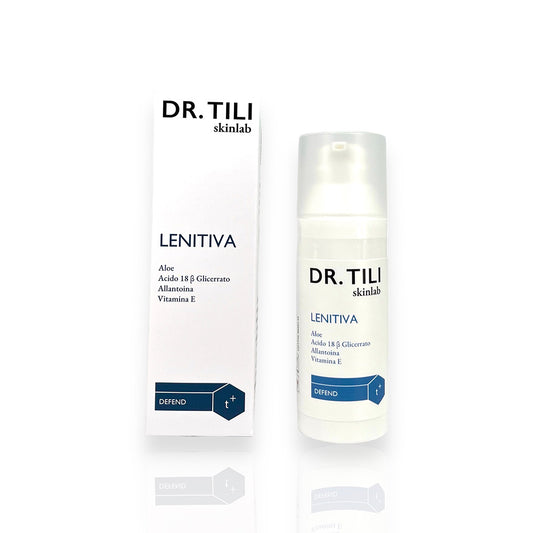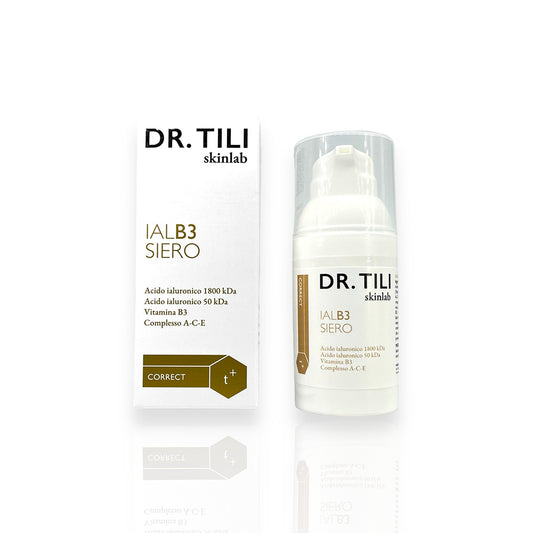ALFASIGMA SpA
Dicloreum local anti-inflammatory 3% skin foam 50g
Dicloreum local anti-inflammatory 3% skin foam 50g

Pickup available at Farmacia Tili
Usually ready in 24 hours
PRODUCT NET WEIGHT
PRODUCT NET WEIGHT
EAN
EAN
042685040
MINSAN
MINSAN
042685040
Dicloreum Local Anti-Inflammatory 3% Skin Foam is a topical medicine based on diclofenac diethylammonium , indicated for the local treatment of inflammation and muscle and joint pain . Thanks to its innovative foam formulation, it guarantees rapid absorption, uniform application and an immediate soothing effect on the skin.
Indicated for adults and adolescents over 14 years of age, Dicloreum skin foam is particularly useful in cases of rheumatic pain, sports injuries, inflammation from muscular strains and joint pathologies . The foam technology allows you to quickly reach the affected areas, offering pain relief and reducing swelling without greasing the skin.
ACTIVE INGREDIENTS
Active ingredients contained in Dicloreum local anti-inflammatory 3% skin foam 50g - What is the active ingredient of Dicloreum local anti-inflammatory 3% skin foam 50g?
100 g of Skin Foam contain : Active ingredient : Diclofenac 3 g Excipients with known effects: potassium sorbate 0.1 g, benzyl alcohol 0.5 g and mint/eucalyptus fragrance (geraniol, limonene and linalool) 1 g. For the full list of excipients, see section 6.1.
EXCIPIENTS
Composition of Dicloreum local anti-inflammatory 3% skin foam 50g - What does Dicloreum local anti-inflammatory 3% skin foam 50g contain?
Sodium hydroxide, macroglycerols caprylocaprates, phospholipon 80 H, polysorbate 80, benzyl alcohol, potassium sorbate, disodium phosphate dodecahydrate, tocopheryl acetate, mint/eucalyptus fragrance, purified water. Each pressurized container (50 g) contains : 47.5 g of solution and 2.5 g of propellant (isobutane, n-butane, propane).
DIRECTIONS
Therapeutic indications Dicloreum local anti-inflammatory 3% skin foam 50g - Why is Dicloreum local anti-inflammatory 3% skin foam 50g used? What is it for?
Local treatment of painful and inflammatory conditions of rheumatic or traumatic nature of the joints, muscles, tendons and ligaments.
CONTRAINDICATIONS SIDE EFFECTS
Contraindications Dicloreum local anti-inflammatory 3% skin foam 50g - When should Dicloreum local anti-inflammatory 3% skin foam 50g not be used?
§ Hypersensitivity to diclofenac, to any of the excipients, to acetylsalicylic acid and other nonsteroidal anti-inflammatory drugs, as well as to isopropanol. § Patients in whom attacks of asthma, urticaria or acute rhinitis have occurred after taking acetylsalicylic acid or other nonsteroidal anti-inflammatory drugs (NSAIDs) and isopropanol. § Third trimester of pregnancy (see section 4.6 Fertility, pregnancy and lactation ). § Children and adolescents under 14 years of age.
DOSAGE
Quantity and method of taking Dicloreum local anti-inflammatory 3% skin foam 50g - How do you take Dicloreum local anti-inflammatory 3% skin foam 50g?
Adults over 18 years: Apply DICLOREUM ANTI-INFLAMMATORY LOCAL 1-3 times a day or as prescribed by your doctor. For each application, spray a circular mass of foam 3-5 centimetres in diameter (equal to approximately 0.75-1.5 grams in weight) onto the palm of your hand, depending on the size of the area to be treated, massaging gently until completely absorbed. In case of iontophoresis treatment, the product must be applied to the negative pole. DICLOREUM ANTI-INFLAMMATORY LOCAL can also be used in combination with ultrasound therapy. After application, wash your hands, otherwise they will also be treated with the skin foam. Warning: use only for short periods of treatment. Adolescents aged 14 to 18 years: Apply DICLOREUM ANTI-INFLAMMATORY LOCAL 1-3 times a day or as prescribed by your doctor. For each application, spray a circular mass of foam 3-5 centimetres in diameter (equal to approximately 0.75-1.5 grams in weight) onto the palm of the hand, depending on the size of the area to be treated, massaging gently until completely absorbed. In case of treatment by iontophoresis, the product must be applied to the negative pole. DICLOREUM ANTI-INFLAMMATORY LOCAL can also be used in combination with ultrasound therapy. After application, wash your hands, otherwise they will also be treated with the skin foam. If this medicine is needed for more than 7 days to relieve pain or if the symptoms worsen, consult your doctor. Children and adolescents under 14 years of age: There are insufficient data on efficacy and safety in children and adolescents under 14 years of age (see also section 4.3 Contraindications). Therefore, the use of DICLOREUM ANTI-INFLAMMATORY LOCAL is contraindicated in children under 14 years of age. Elderly: The usual dosage for adults can be used. Directions for use: Shake before use. Holding the can upside down, dispense the desired amount by pressing the appropriate dispenser.
CONSERVATION
Storage Dicloreum local anti-inflammatory 3% skin foam 50g - How do you store Dicloreum local anti-inflammatory 3% skin foam 50g?
Store below 30°C. This medicine contains a flammable propellant. Protect from sunlight and do not expose to temperatures exceeding 50°C.
WARNINGS
Warnings Dicloreum local anti-inflammatory 3% skin foam 50g - About Dicloreum local anti-inflammatory 3% skin foam 50g it is important to know that:
The possibility of systemic adverse events with the application of topical diclofenac cannot be excluded if the preparation is used on large areas of skin and for a prolonged period (see the summary of product characteristics of the systemic forms of diclofenac). Topical diclofenac should only be applied to intact, non-diseased skin and not to skin wounds or open lesions. It should not be allowed to come into contact with the eyes or mucous membranes and should not be ingested. In elderly patients and/or patients suffering from gastric problems, the concomitant use of systemic anti-inflammatory drugs is not recommended. DICLOREUM ANTINFIAMMATORIO LOCALE should be used with caution in patients who have had a hypersensitivity reaction to NSAIDs or analgesics in the past, e.g. asthma attacks, skin rashes or acute allergic rhinitis. Patients with asthma, chronic obstructive bronchial disease, allergic rhinitis or inflammation of the nasal mucosa (nasal polyp) react with asthmatic attacks, local inflammation of the skin or mucosa (Quincke's edema) or urticaria to antirheumatic treatment with NSAIDs more often than other patients. The use, especially if prolonged, of other products for topical use may give rise to sensitization phenomena. In this case it is necessary to interrupt the treatment and institute appropriate therapy. Discontinue treatment if a skin rash develops after application of the product. Topical diclofenac can be used with non-occlusive dressings, but must not be used with an occlusive dressing that does not allow air to pass through. DICLOREUM ANTINFIAMMATORIO LOCALE contains potassium sorbate which may cause local skin reactions (for example contact dermatitis). This medicine contains 7.5 mg of benzyl alcohol per dose. Benzyl alcohol may cause allergic reactions. Benzyl alcohol may cause mild local irritation. This medicine contains a mint/eucalyptus fragrance which in turn contains geraniol, limonene and linalool which may cause allergic reactions. To reduce possible photosensitivity phenomena it is advisable not to expose yourself excessively to the sun during use. Keep the medicine out of the sight and reach of children.
INTERACTIONS
Interactions Dicloreum local anti-inflammatory 3% skin foam 50g - Which medicines or foods can modify the effect of Dicloreum local anti-inflammatory 3% skin foam 50g?
Since the systemic absorption of diclofenac following topical application is very low, such interactions are very unlikely. However, in high-dose and prolonged treatments, the possibility of competition between absorbed diclofenac and other drugs with high plasma protein binding should be taken into account.
SIDE EFFECTS
Like all medicines, Dicloreum local anti-inflammatory 3% skin foam 50g can cause side effects - What are the side effects of Dicloreum local anti-inflammatory 3% skin foam 50g?
Adverse reactions (Table 1) are listed by frequency, the most frequent first, using the following convention: common (≥ 1/100, < 1/10); uncommon (≥ 1/1,000, < 1/100); rare (≥ 1/10,000, < 1/1,000); very rare (< 1/10,000); Not known: cannot be estimated from the available data.
| Immune system disorders | |
| Very rare | Hypersensitivity (including urticaria), angioneurotic edema. |
| Infections and infestations | |
| Very rare | Rash with pustules |
| Respiratory, thoracic and mediastinal pathologies | |
| Very rare | Asthma |
| Skin and subcutaneous tissue disorders | |
| Common | Rash, eczema, erythema, dermatitis (including contact dermatitis), pruritus. |
| Rare | Bullous dermatitis. |
| Very rare | Photosensitivity reaction |
The use of the medicinal product in association with other medicinal products containing diclofenac may give rise to phenomena of hypersensitivity to light, skin rash with the formation of vesicles, eczema, erythema and skin reactions with severe evolution (Stevens-Johnson syndrome, Lyell syndrome). Reporting of suspected adverse reactions Reporting suspected adverse reactions that occur after authorisation of the medicinal product is important, as it allows continuous monitoring of the benefit/risk balance of the medicinal product. Healthcare professionals are asked to report any suspected adverse reactions via the national reporting system at https://www.aifa.gov.it/content/segnalazioni-reazioni-avverse.
OVERDOSE
Overdose Dicloreum local anti-inflammatory 3% skin foam 50g - What are the risks of Dicloreum local anti-inflammatory 3% skin foam 50g in case of overdose?
The low systemic absorption of topical diclofenac makes overdose very unlikely. However, undesirable effects similar to those observed after an overdose of diclofenac tablets may be expected if topical diclofenac is inadvertently ingested (a 50 g canister contains 1.5 g Diclofenac). In the event of accidental ingestion resulting in significant systemic undesirable effects, general therapeutic measures normally adopted to treat poisoning with nonsteroidal anti-inflammatory drugs should be undertaken. Gastric decontamination and the use of activated charcoal should be considered, especially within a short time after ingestion.
PREGNANCY AND BREASTFEEDING
If you are pregnant or breast-feeding, think you may be pregnant or are planning to have a baby, ask your doctor for advice before taking Dicloreum local anti-inflammatory 3% skin foam 50g
Pregnancy The systemic concentration of diclofenac, compared to oral formulations, is lower after topical administration. Based on experience with treatment with systemically administered NSAIDs, the following is recommended: Inhibition of prostaglandin synthesis may adversely affect the pregnancy and/or the embryo/foetal development. Results of epidemiological studies suggest an increased risk of miscarriage and of cardiac malformation and gastroschisis after use of a prostaglandin synthesis inhibitor in early pregnancy. The absolute risk of cardiac malformations increased from less than 1%, up to approximately 1.5%. The risk was believed to increase with dose and duration of therapy. In animals, administration of prostaglandin synthesis inhibitors has been shown to result in increased pre- and post-implantation loss and embryo-foetal mortality. In addition, an increased incidence of various malformations, including cardiovascular, has been reported in animals given prostaglandin synthesis inhibitors during the organogenetic period. During the first and second trimester of pregnancy, diclofenac should not be given unless clearly necessary. If diclofenac is used by a woman attempting to conceive, or during the first and second trimester of pregnancy, the dose should be kept as low and duration of treatment as short as possible. During the third trimester of pregnancy, all prostaglandin synthesis inhibitors may expose the fetus to: - cardiopulmonary toxicity (with premature closure of the ductus arteriosus and pulmonary hypertension); - renal dysfunction, which may progress to renal failure with oligo-hydroamniosis; the mother and neonate, at the end of pregnancy, to: - possible prolongation of bleeding time, and an anti-aggregating effect which may occur even at very low doses; - inhibition of uterine contractions resulting in delayed or prolonged labor. Consequently, diclofenac is contraindicated during the third trimester of pregnancy. Breastfeeding Like other NSAIDs, diclofenac passes into breast milk in small quantities. However, at therapeutic doses of DICLOREUM ANTINFIAMMATORIO LOCALE no effects on the infant are expected. Due to the lack of controlled studies in breastfeeding women, the product should be used during breastfeeding only under the advice of a healthcare professional. In this circumstance, DICLOREUM ANTINFIAMMATORIO LOCALE should not be applied to the breasts of nursing mothers, nor elsewhere on large areas of skin or for a prolonged period of time (see section 4.4).
DRIVING AND USE OF MACHINERY
Taking Dicloreum local anti-inflammatory 3% skin foam 50g before driving or using machines - Does Dicloreum local anti-inflammatory 3% skin foam 50g affect driving or using machines?
The cutaneous application of topical diclofenac does not alter the ability to drive vehicles or use machines.



